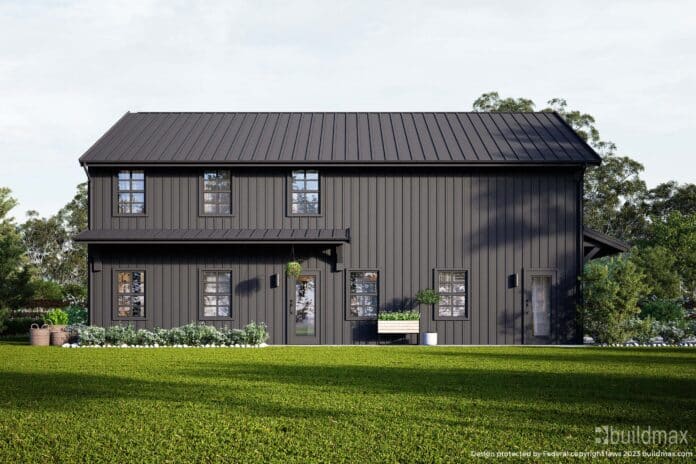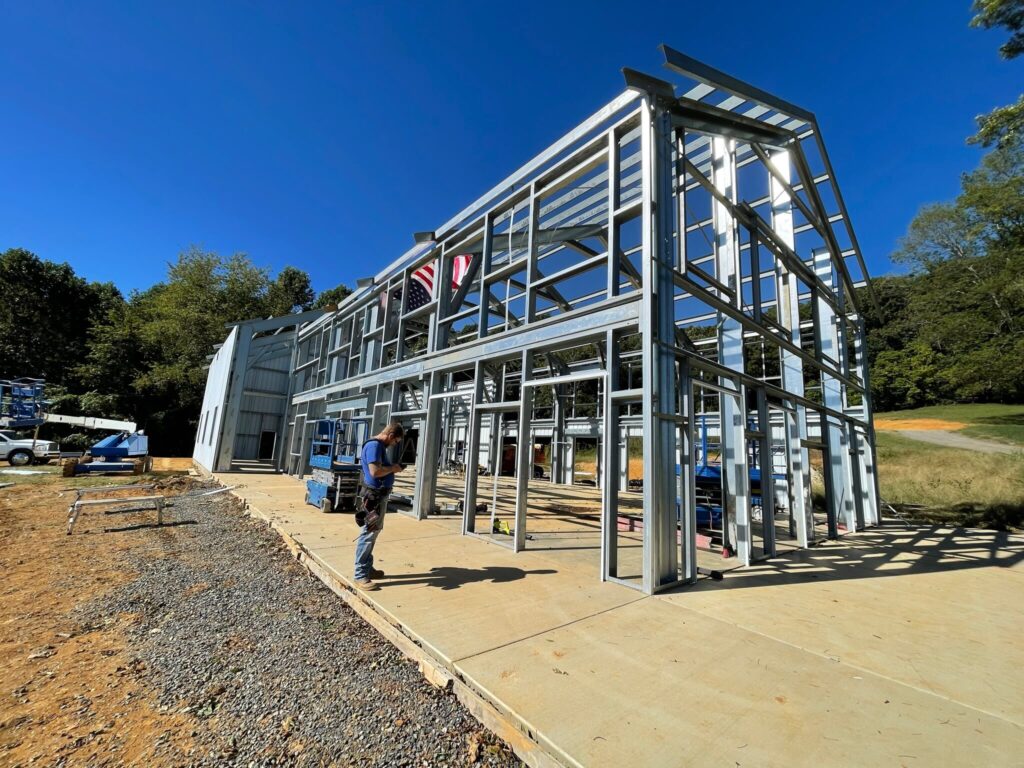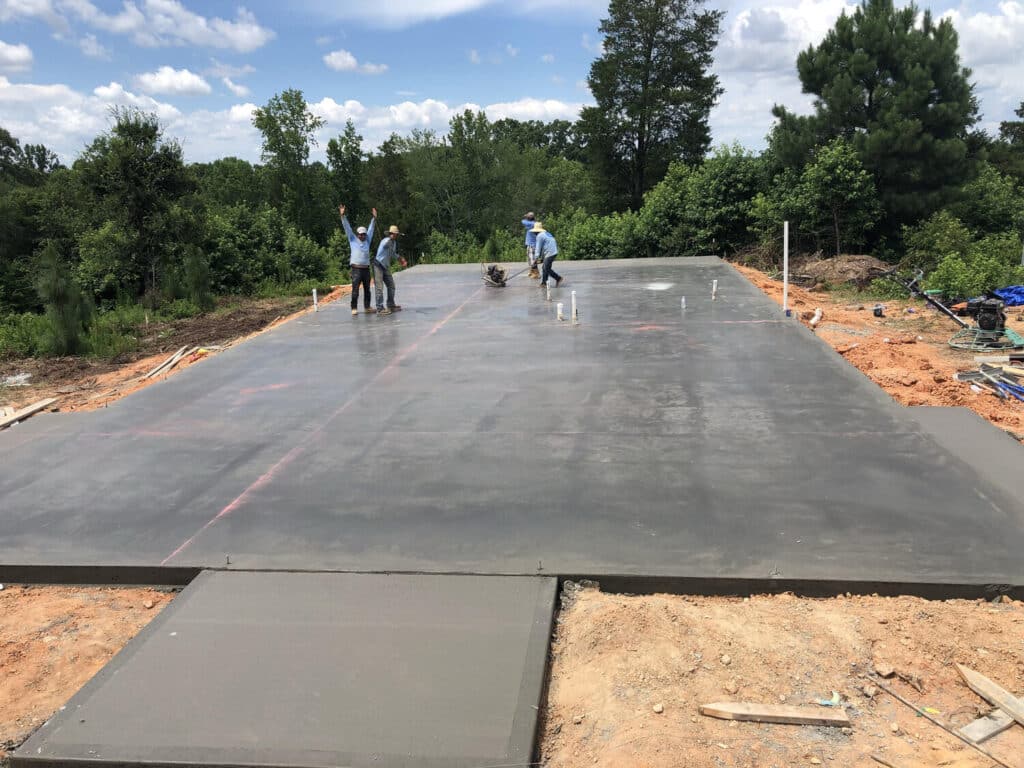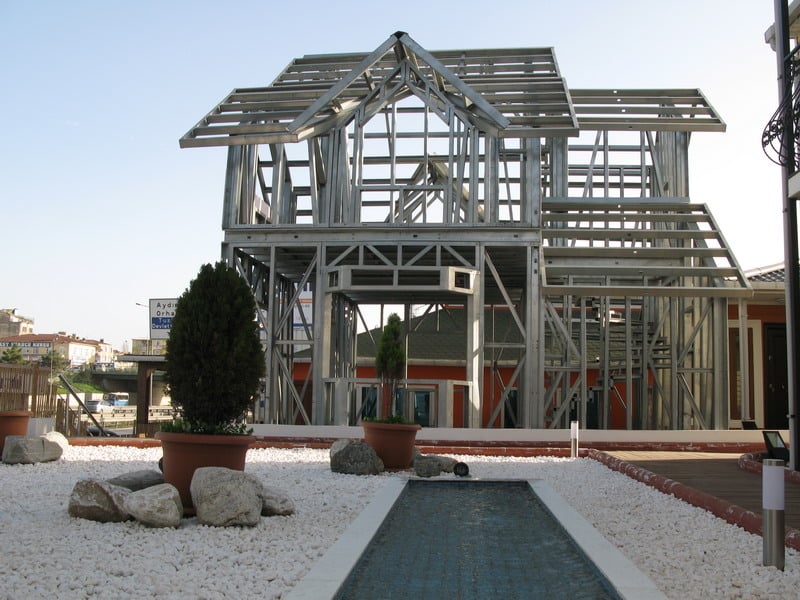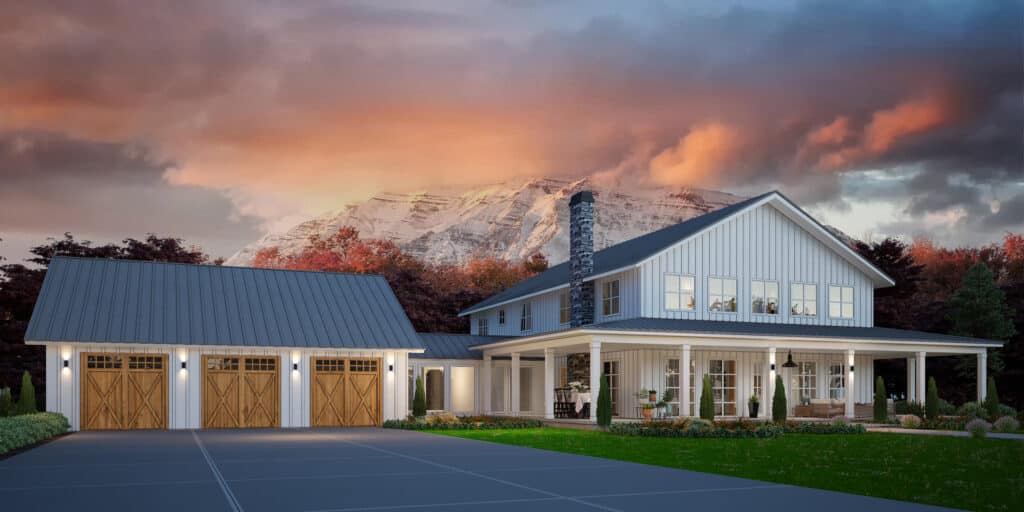How Steel Barndos Use Electrical Conductivity to Avoid Lightning Damage
Steel barndominiums have grown in popularity for their spacious interiors and durability. But metal construction seems intuitively more at risk for destructive lightning strikes during storms versus traditional wood homes. Counterintuitively, steel buildings are actually far less likely to take direct hits. Let’s explore how steel’s innate electrical conductivity guides lightning safely around barndos.
Understanding Lightning Behavior
When lightning forms, it seeks the shortest, least resistant path between the storm cloud and earth. Taller structures are more vulnerable to strikes because they provide quick shortcuts to the ground over surrounding landscape. Given options, lightning will favor conductive materials like metal or water rather than more resistant materials like wood, fiberglass or rubber.
Steel Provides Electrical Conductivity
Steel is inherently highly conductive, meaning electricity can pass through it rapidly. This grants lightning current an easy path, allowing it to flow through a steel building and into the ground quickly without lingering. Steel building materials present very low electrical resistance.
Lightning Rod Effect
Thanks to steel’s conductivity, the entire barndominium frame essentially acts like an integrated lightning rod system. Rather than directly striking and damaging the roof surface itself, lightning is more apt to hit one of the steel corner columns, rafters, or peak caps. The electrical current then harmlessly disperses into the ground.
Minimal Fire Ignition Risks
While extremely high temperatures occur at the point where lightning contacts a building, steel has innate non-combustible properties. This means steel barndominiums are far less prone to catching fire the way sparks can ignite wood structures. Steel itself will not spark and spread flames.
In summary, steel’s natural conductivity enables it to safely dissipate lightning strikes away from barndominium living spaces. Understanding these electrical properties provides reassurance for homeowners in lightning-prone regions. Steel buildings use their inherent conductivity to electrical advantage, guiding current harmlessly into the earth.



